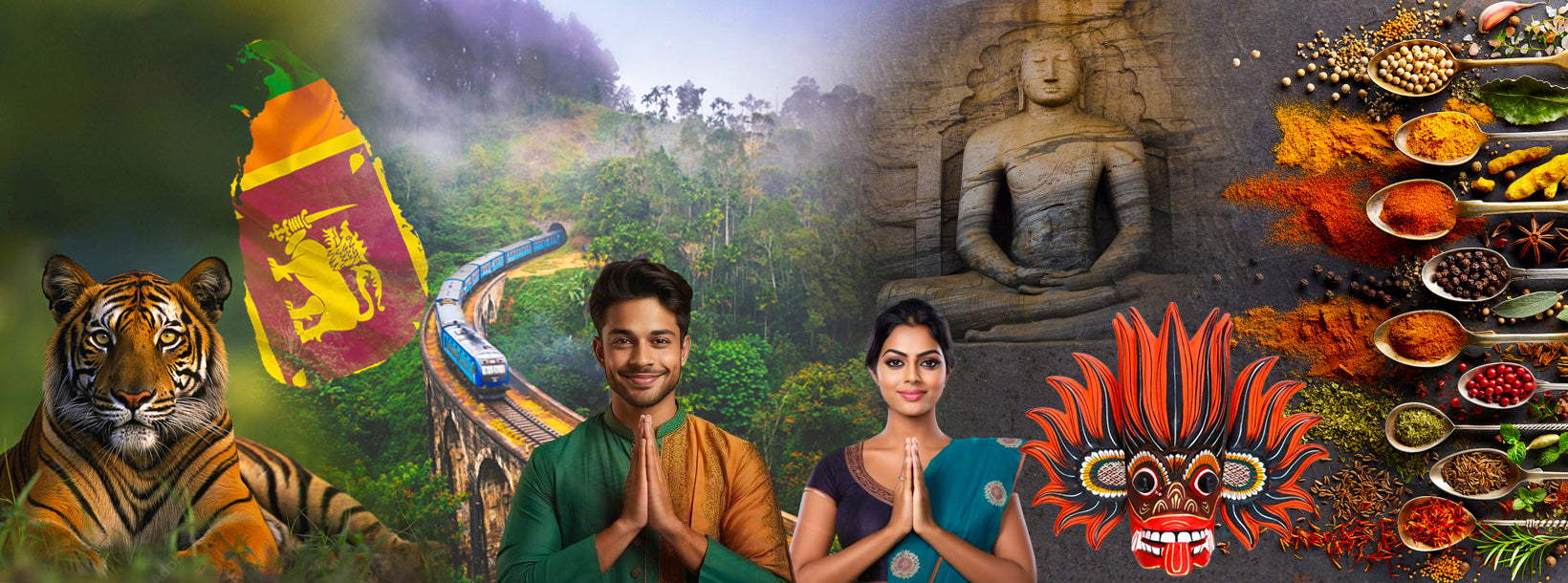
斯里兰卡
斯里兰卡是南亚的一个岛国,以其丰富的文化遗产、多样的自然景观和丰富的野生动物而闻名。古老的寺庙、纯净的海滩、郁郁葱葱的茶园以及充满活力的节日等景点都值得一看。独特的多元文化交融、热情好客的民风和美味佳肴,使其成为一个令人向往的旅游目的地。
Dutch
The Dutch were invited by the Sinhalese to help fight the Portuguese. They signed the Kandyan Treaty of 1638 with Rajasinghe II and soon embarked on a war against their common enemy. As such the Dutch were appointed as a protector of the country.
The Portuguese who arrived in Sri Lanka at the beginning of the 16th century were able to establish their power in many areas of the Maritime Provinces of the island. As the Portuguese who this captured the Maritime Provinces invaded the Kandyan Kingdom with the intention of conquering that Kingdom too.
Attempts by Kandy to enlist Dutch help in expelling the Portuguese only resulted in the substitution of one European power for another. By 1658, 153 years after the first Portuguese contact, the Dutch took control over the costal areas of the Island. During their 140-year-rule the Dutch, like Portuguese, were involved in repeated unsuccessful attempts to bring Kandy under their control. The Dutch were much more interested in trade and profits than the Portuguese, who spent a lot of efforts spreading their religion and extending their physical control.
The Dutch had established a strong trading company called the United East Indian Company (VOC) in order to implement their trading activities effectively and systematically. This trading company had undertaken trading activities and the expansion of political power of the Dutch in Asia. Until the arrival of the Dutch in Asia, the Portuguese did not face any threat from a European nation for about a period of a century. But with the arrival of the Dutch, conflicts began with the two powers in Asia with regard to their commercial interests. In this situation, Kandyan kings attempted to obtain the assistance of the Dutch to expel the Portuguese from Sri Lanka.
The Dutch were used by the Sinhalese king to take revenge on the Portuguese who wanted to expand their rule. The coming of the Dutch ensured that the Portuguese had two enemies to deal with, so that finally the Portuguese were forced to sign a treaty with the Dutch and come to terms with their open economies. Finally, the Portuguese left Ceylon.
Portugal was at war with its ruler, the King of Spain. Once Portugal obtained its freedom from Spain in 1640, the Netherlands settled for peace with Portugal. Then they divided the occupied areas of Ceylon amicably under a treaty signed in Goa. Slowly, the Dutch became the rulers of coastal and outer areas of Ceylon and Indonesia, and the Portuguese were left with smaller pieces of territory than those of the Dutch and the English.
The Dutch contributed significantly to the evolution of the judicial and, to a lesser extent, administrative systems on the island. They codified indigenous law and customs that did not conflict directly with Dutch-Roman jurisprudence. The outstanding example was Dutch codification of the Tamil legal code of Jaffna — the Thesavalamai. To a small degree, the Dutch altered the traditional land grant and tenure system, but







